First description of male Protanilla (Leptanillinae: Anomalomyrmini), and tribal delimitation in the Leptanillinae based upon male morphology
In the recent paper “Delimitation of tribes in the subfamily Leptanillinae (Hymenoptera: Formicidae), with a description of the male of Protanilla lini Terayama, 2009” published in Myrmecol. News, Zachary Griebenow works on the cryptic subterranean ants of the subfamily Leptanillinae and uses ultra-conserved elements (UCEs) to associate males with previously described workers. Here, Zachary answers some questions and shares some pictures.
An Interview conducted by Phil Hoenle and Patrick Krapf
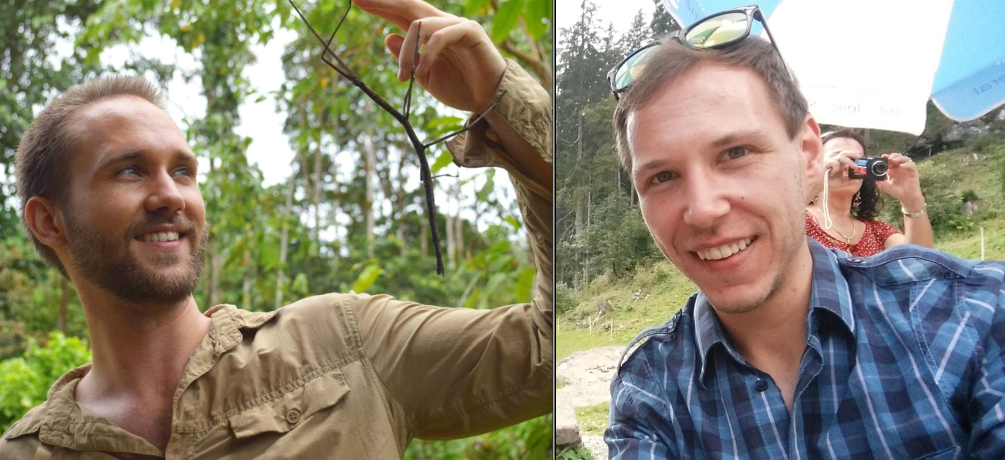
MNB: Could you tell us a bit about yourself?
ZG: I am a fourth-year PhD candidate at the laboratory of Phil Ward at the University of California, Davis, undertaking a systematic revision of the ant subfamily Leptanillinae that relies mostly upon phylogenomic inference and qualitative consideration of male morphology. I received my B.Sc. in Entomology from The Ohio State University in 2017. As an undergraduate under the guidance of Susan Jones, I attempted to better delimit species of the subterranean termite genus Heterotermes (Blattodea: Rhinotermitidae) on Puerto Rico using morphometric data.
MNB: Could you briefly outline the research you published in Myrmecol. News in layman’s terms?
ZG: Males of the ant subfamily Leptanillinae are easy to collect, whereas the workers are not, as these do not build permanent nests and almost never come above ground. This means that male material usually cannot be collected in association with workers. I used DNA to associate the male of the leptanilline ant Protanilla lini with the previously described worker. From these data, I also inferred the most extensively sampled phylogeny of the Leptanillinae so far published.

Protanilla lini worker (OKENT0001697), full-face view. (© Okinawa Institute of Science and Technology, photographer Francisco Hita Garcia) 
Protanilla lini worker (CASENT0842640, © www.AntWeb.org, photographer: Zachary Griebenow). 
Protanilla lini male (OKENT0027514, © www.AntWeb.org, photographer: Zachary Griebenow).
MNB: What is the take-home message of your work?
ZG: Molecular data—in this case, ultra-conserved elements (UCEs)—can be an indirect means of associating phenotypically and behaviorally disparate forms of the same species. This is not an original idea when applied to ants (for instance, my adviser used DNA sequences to identify the male of Leptanilloides), but its particular application here allows systematic revision of the Leptanillinae while avoiding the propagation of parallel taxonomy. Moreover, using UCE probes rather than a barcoding approach means that we can use the molecular dataset to resolve deep relationships among leptanilline ants, in addition to linking unassociated sexes.
MNB: What was your motivation for this study?
ZG: This study was firstly motivated by the need to formally describe a male belonging to the tribe Anomalomyrmini: we have been aware for some time of males identified as belonging to this clade using Sanger sequencing, but none had been described and/or linked to workers. Soon, I realized that simply describing a male anomalomyrmine for the first time would not be meaningful without defining the two leptanilline tribes (and Opamyrma) based upon male morphology. A species-level key to male morphotypes (both described and otherwise) naturally followed. Practically, male diagnoses for the main leptanilline lineages are useful since many leptanilline clades (some of them undescribed) are known only from males.
MNB: What was the biggest obstacle you had to overcome in this project?
ZG: As is often the case for taxonomic revisions of obscure taxa, a dearth of specimens.
MNB: Do you have any tips for others who are interested in doing related research?
ZG: Be willing to collaborate beyond the confines of myrmecology. This is perhaps unique to my case since most specimens I used for this study were male and were collected via Malaise traps. I have therefore often relied upon the help of hymenopterists, dipterists, etc. in obtaining specimens.
MNB: Where do you see the future for this particular field of ant research?
ZG: I am no oracle, but for now the greatest challenge in systematics generally will not be in obtaining data, but in understanding how to use them.
MNB: Thank you for giving an interview.

Noonilla zhg-ph01 male (CASENT0106374, © Zachary Griebenow). 
Protanilla indet. queen (CASENT0106383, © www.AntWeb.org, photographer: Zachary Griebenow).

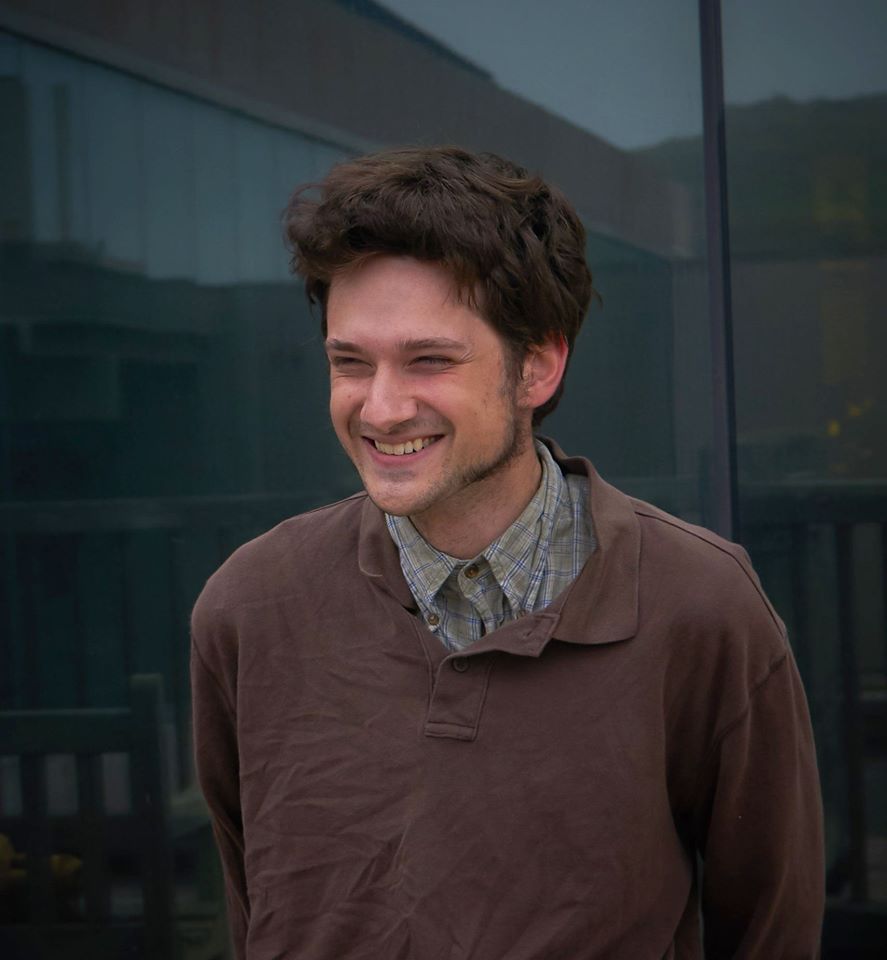
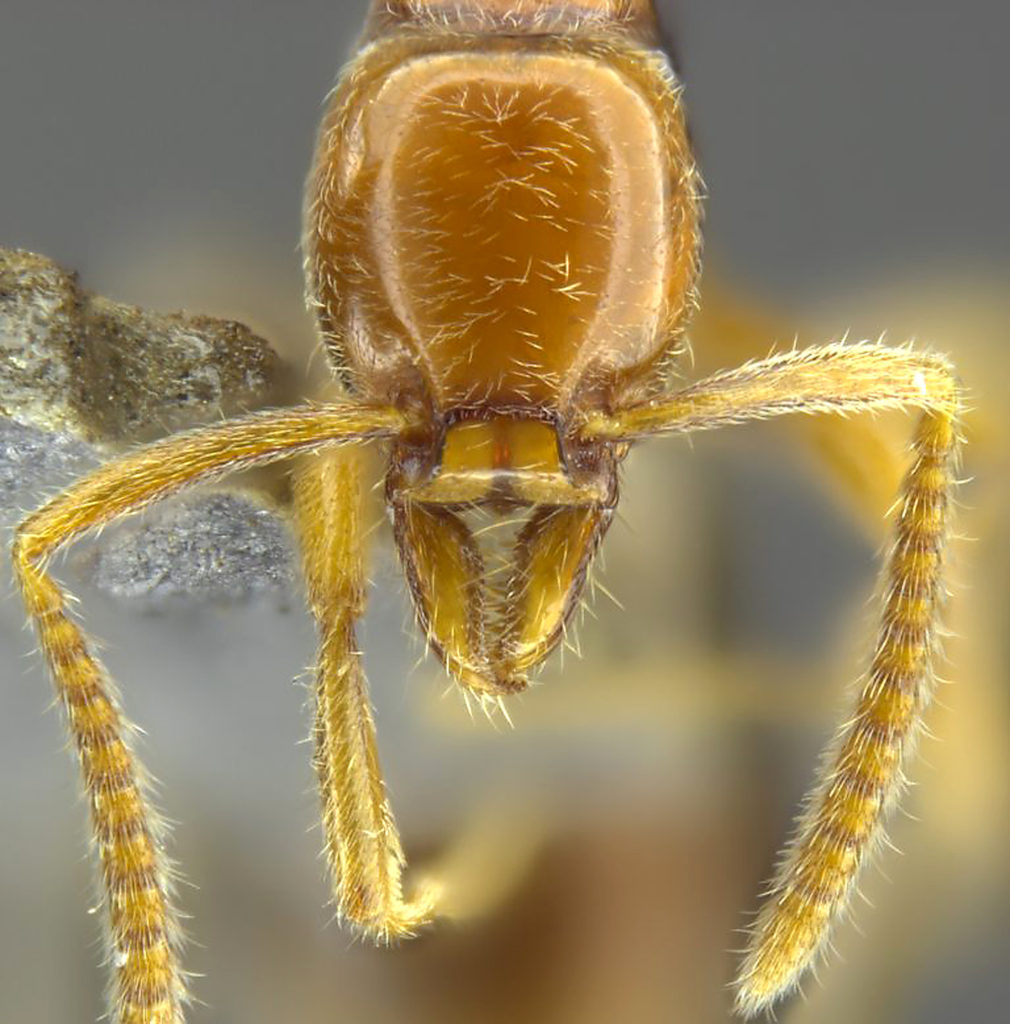
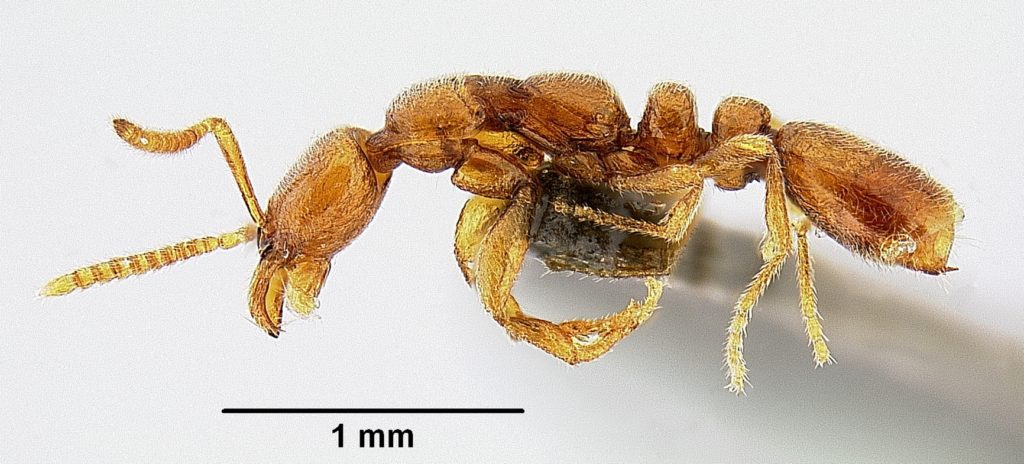
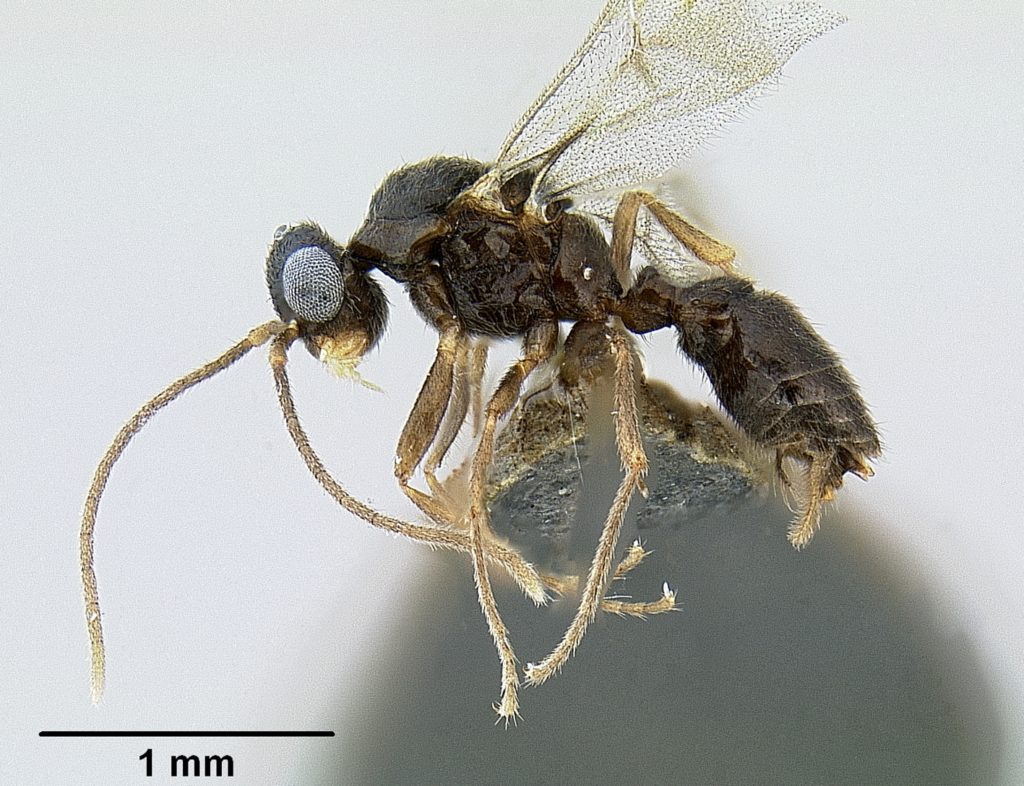
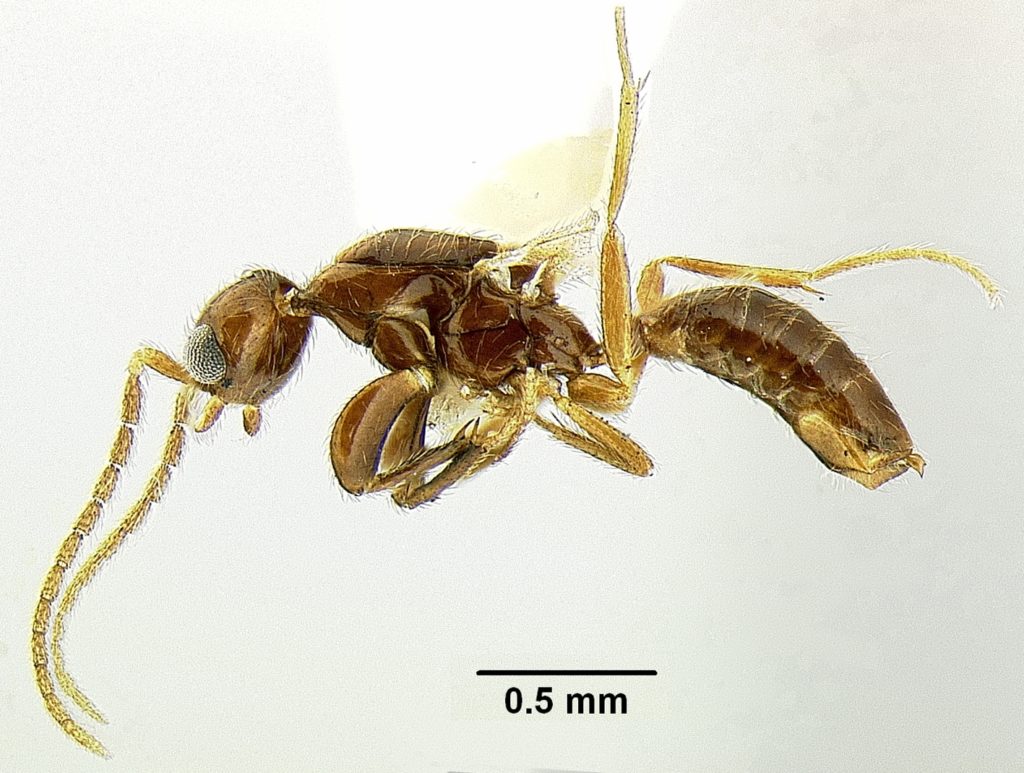
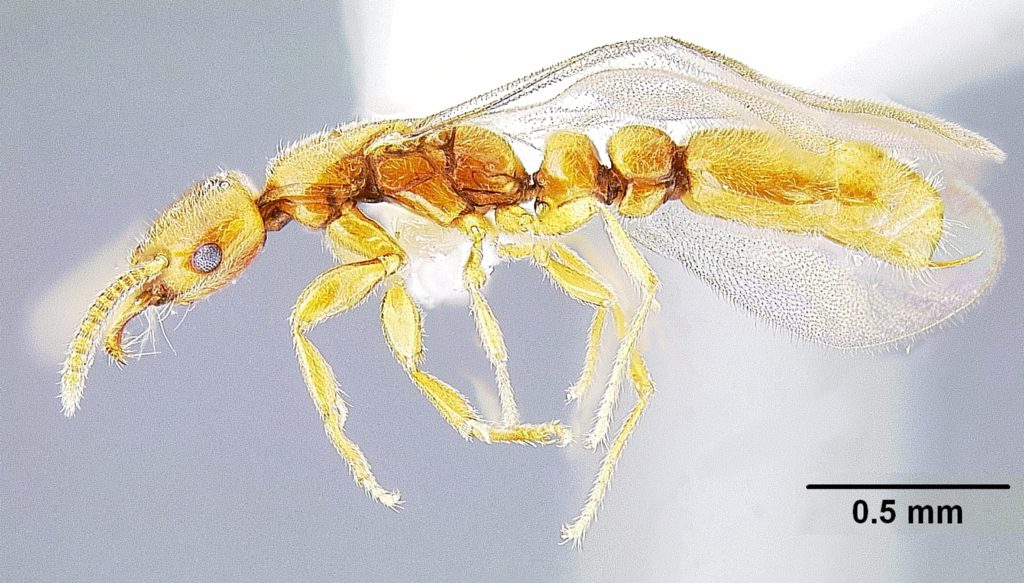


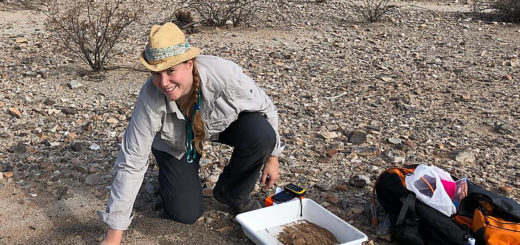
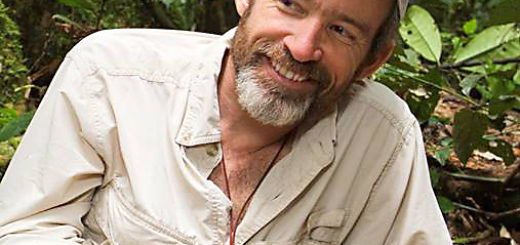
Nice job! Like the photos as well.
A very big step forward in the study of Leptanillinae. Great!!!